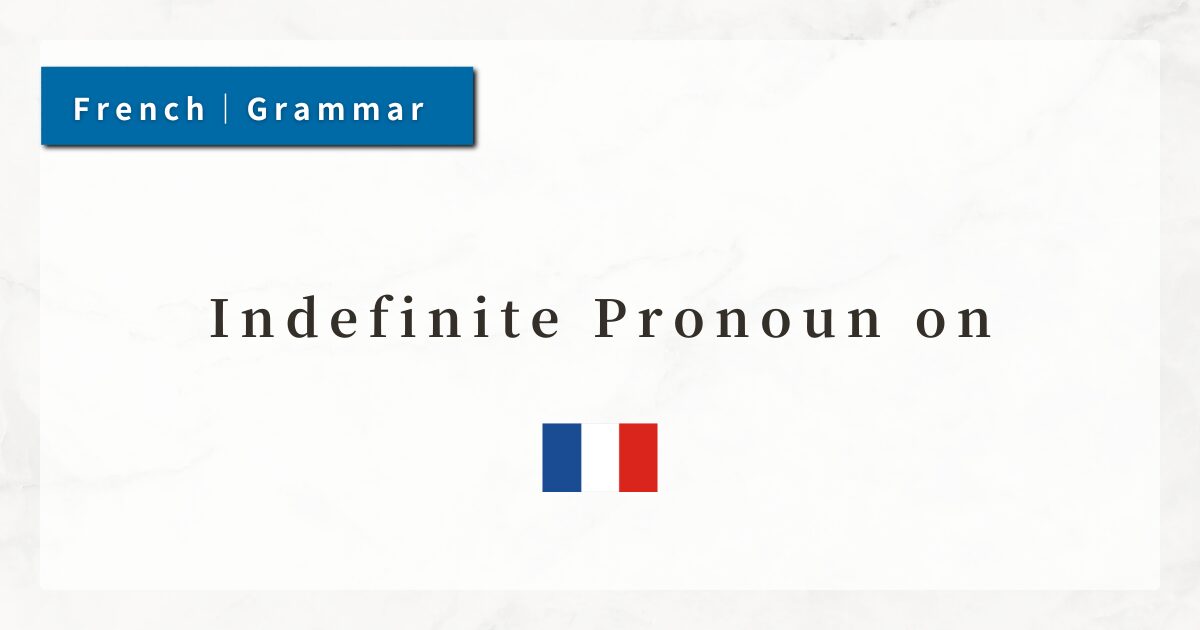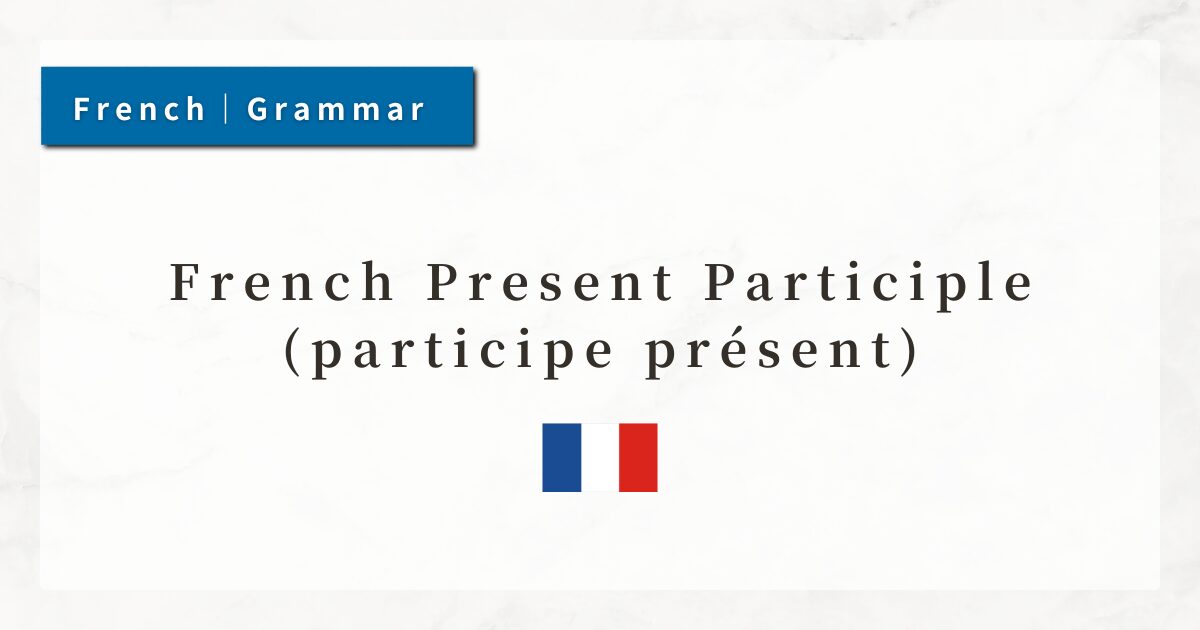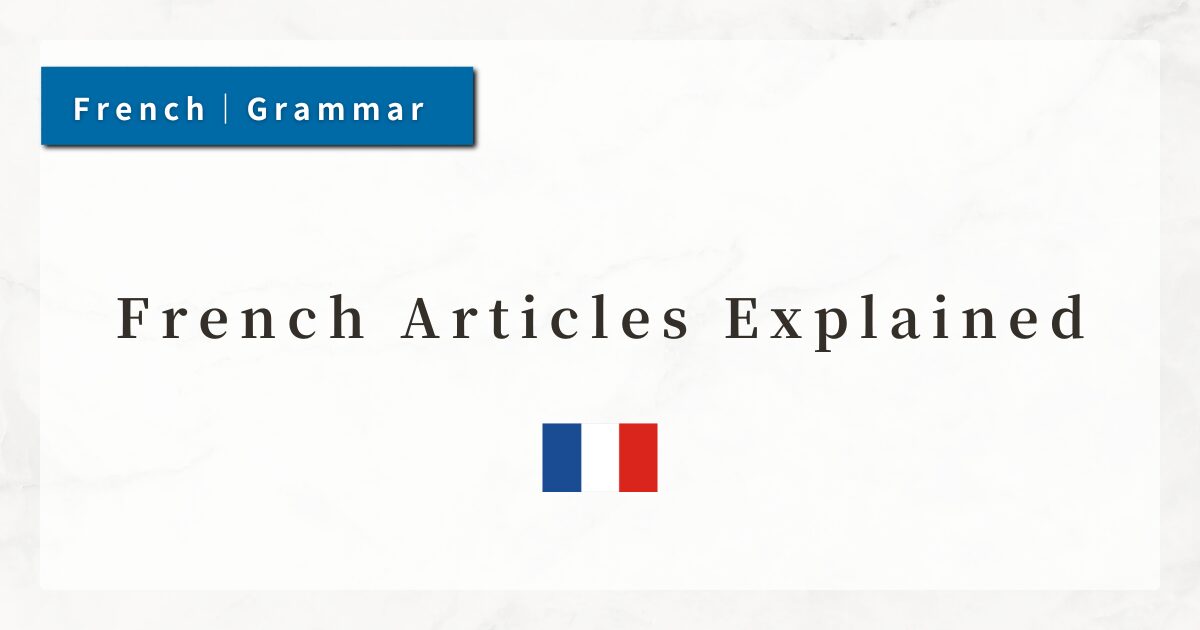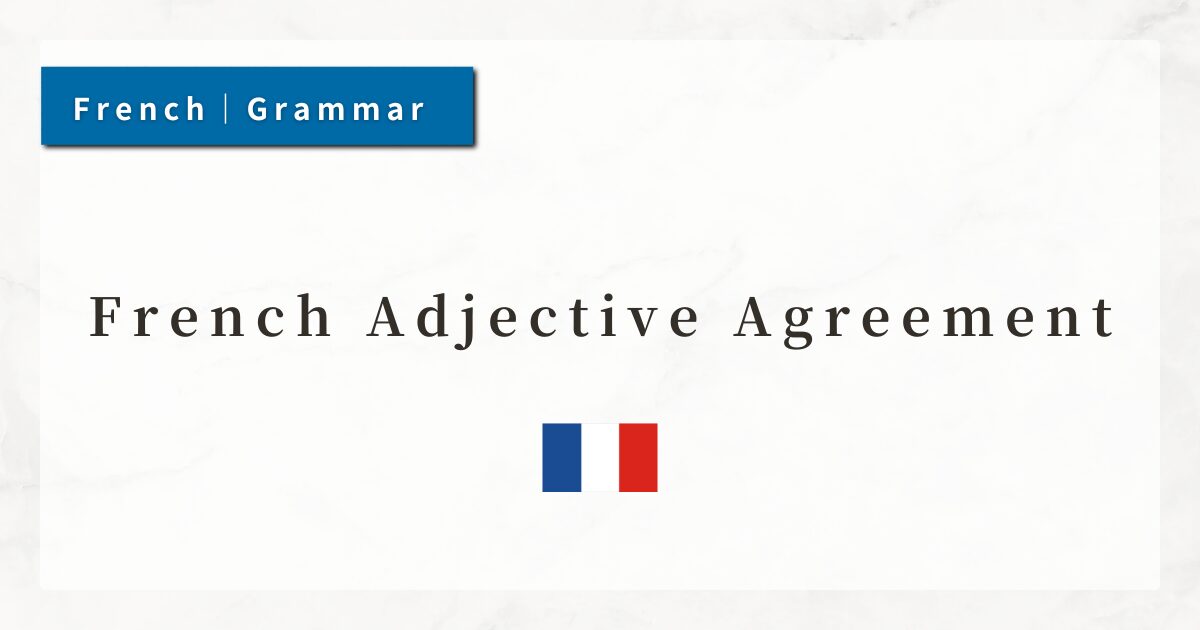#53 French Expression “il y a” | Meaning, Usage, and Basic Examples
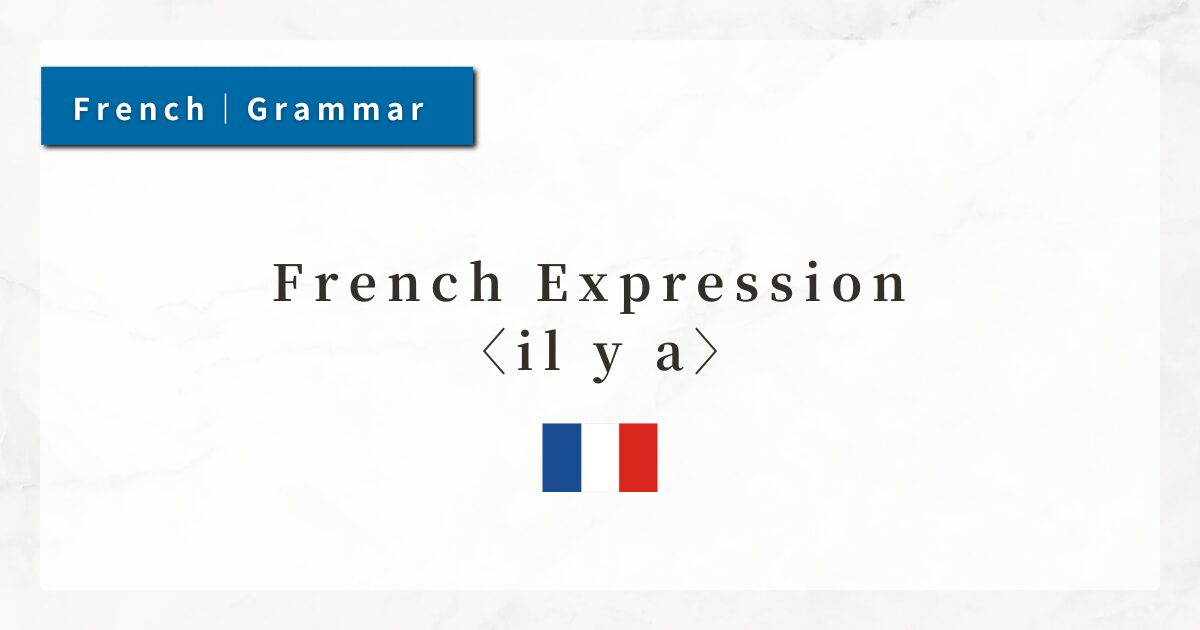
In French, the expression “il y a” is used to say “there is” or “there are.” It frequently appears both in everyday conversation and in written texts.
Depending on the verb tense, it can also mean “there was,” “there will be,” and so on.
In this lesson, I will explain how to construct and use sentences with “il y a,” including its negative form and changes in past and future tenses.
1. Basic Structure and Meaning of “il y a”
“Il y a” corresponds to the English expression “there is / there are,” and it is used to express the existence of something or someone.
Its structure is:
- il (dummy subject) + y (adverbial pronoun of place) + a (avoir, 3rd person singular)
These three words form the fixed expression “il y a,” which means “there is/are.”
In this structure, the main role is played by the noun (e.g., chat “cat,” voiture “car”), while “il y a” serves as the framework to state its existence.
2, Practical Uses of il y a
2-1. Basic Form: il y a + noun
This structure indicates the existence of something.
- Il y a un chat.
(There is a cat.) - Il y a une voiture devant la maison.
(There is a car in front of the house.)
Here, the noun is the focus, and “il y a” is simply the framework that presents it.
2-2. Introducing New Information
Sentences with “il y a” are often used to introduce new information in conversation. This is very similar to English “there is/there are.”
- Il y a un problème.
(There is a problem.)
→ Presenting new information to the listener. - Il y a quelqu’un à la porte.
(There is someone at the door.)
→ Informing the listener of a fact they may not yet know.
2-3. With Quantities
“Il y a” combines well with quantity expressions. Adding “quantity + noun” after “il y a” expresses “how many” or “how much” there is.
- Il y a trois étudiants dans la salle.
(There are three students in the classroom.)
Whether the noun is singular or plural, the verb “a” remains in the third person singular. Unlike English (there is / there are), French does not change the verb form.
2-4. As a Time Expression
Another important usage is when “il y a” means “ago” to express elapsed time. In this case, it no longer refers to existence but to time.
- Je l’ai vu il y a deux jours.
(I saw him two days ago.) - Il y a longtemps.
(A long time ago.)
It is important not to confuse this temporal use with the expression of existence.
3. The Negative Form of il y a
To negate “il y a,” the structure is: “Il n’y a pas de ~.”
- 【Affirmative】
Il y a un problème.
(There is a problem.) - 【Negative】
Il n’y a pas de problème.
(There is no problem.)
Notice that the indefinite article (un / une / des) changes to “de” in negative sentences.
The negation “ne … pas” encloses “y” and “a.” This transformation is a distinctive rule of French negation and is often overlooked by beginners.
4. Past and Future Tenses
Since a comes from the verb avoir, changing its tense also changes the tense of the entire “il y a” expression.
| Tense | Form | Example | Translation |
|---|---|---|---|
| Present | il y a | Il y a un chat. | There is a cat. |
| Imperfect | il y avait | Il y avait du monde. | There were people. (descriptive) |
| Passé composé | il y a eu | Il y a eu un accident. | There was an accident. (completed event) |
| Future simple | il y aura | Il y aura une réunion demain. | There will be a meeting tomorrow. |
Regardless of whether the noun is singular or plural, “il y a” always keeps the verb in the third person singular form.
5. Summary
- “Il y a” expresses “there is/are” and consists of “il + y + a” (avoir, 3rd singular).
- It is widely used in affirmative sentences, with quantities, and with locations.
- In negative sentences, indefinite articles (un, une, des) change to “de.”
- It is also used to express elapsed time, meaning “ago.”
- By changing tense, “il y a” can mean “there was,” “there will be,” etc.

